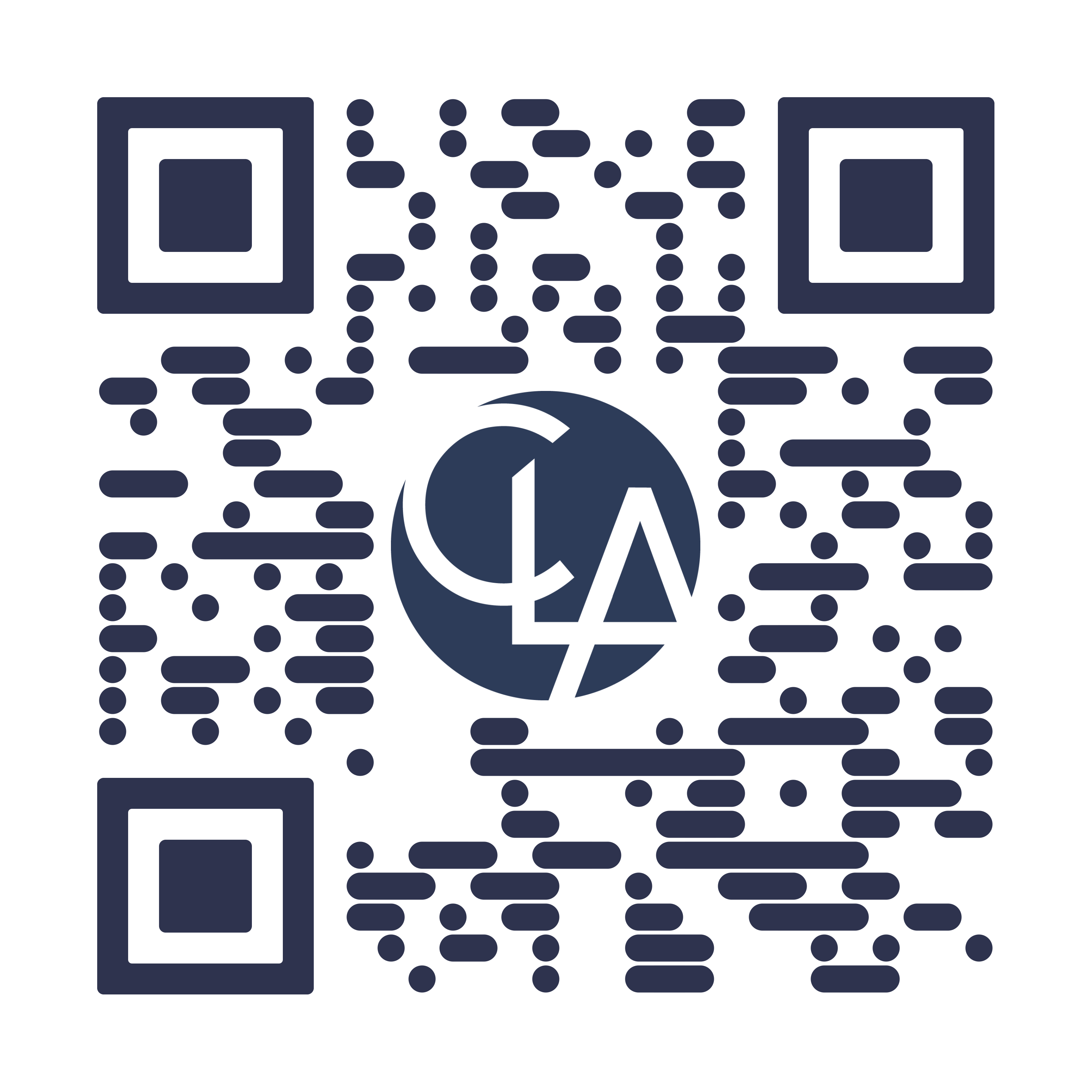Key insights
A digital strategy aligns all your tech initiatives with broader business goals — whether that’s growth, efficiency, innovation, or customer satisfaction — and helps your digital investments drive real value.
A digital readiness assessment is a strategic entry point into your digital transformation journey. It isn’t just a technical assessment — it helps you identify strengths to leverage, gaps to close, and opportunities to accelerate progress.
Assessing your organization’s current state, identifying goals, and developing a detailed roadmap can help you navigate the complexities of digital transformation with confidence.
For state and local governments aiming, developing a robust digital strategy is essential. With a clear plan, leaders can make informed, data-driven decisions about where to invest, what to prioritize, and how to adapt to change.
Consider how these insights can help you make confident, informed decisions aligning your organization’s digital investments with long-term strategy and drive measurable impact.
How to start building a digital strategy
Imagine the future you want to create
What will success look like when your organization fully leverages technological advancements and new innovations to inform strategy and decision-making? Defining your future state means setting a clear, ambitious vision — one grounded in the technologies and capabilities needed to achieve it. By understanding your current tech landscape, you can enable smart, strategic choices fitting your organization’s resources and constraints.
In a digital-first world, staying ahead means being agile. A digital strategy helps you anticipate trends, innovate faster, and build resilience for the future.
Develop a digital roadmap
A clear roadmap is your compass for digital transformation. It lays out the steps, timelines, and effort needed to move from where you are today to where you want to be. A roadmap helps you allocate time, budget, and talent to high-value initiatives for your organization.
Bring everyone on board
True digital transformation takes the support and engagement of all stakeholders — and open, frequent communication is essential to the process. When your people understand the goals, the benefits, and the progress being made, they’re more likely to feel invested. Involving stakeholders in planning and decision-making can turn passive observers into active champions of your digital journey.
Why do you need a digital readiness assessment?
Before you can build a strong digital strategy for your state or local government, you need a clear, comprehensive picture of your organization’s current technology infrastructure, data management practices, and digital capabilities. A digital readiness assessment helps highlight strengths, uncover improvement opportunities, and guide you toward the steps needed to reach your strategic goals.
What can a digital readiness assessment do?
Take stock of your technology
The first step in a digital readiness assessment is understanding what you already have. This means creating a clear inventory of your current systems, software, and data tools.
By mapping out your technology landscape, you can quickly spot what’s working, what’s not, and where there might be overlap or missed opportunities. This “current state” snapshot is a simple but powerful way to start enhancing efficiency and making smarter decisions right away.
Measure digital maturity
A digital readiness assessment isn’t just about your tools — it’s also about how well your organization uses them. That’s where digital maturity comes in.
This part of the readiness assessment looks at important areas like how you manage data, how strong your cybersecurity is, and how smoothly digital tools are built into your daily operations. It’s a chance to see how prepared your organization really is to thrive in a digital world.
Evaluating these key factors helps give you a clear picture of where you stand — and where you need to focus next.
Identify challenges and goals
A successful digital transformation involves understanding the people behind the process. That’s why a key part of the readiness assessment involves talking with staff across your organization.
By learning what challenges they’re trying to solve — and what key performance indicators they aim to measure —the assessment can be grounded in real needs. This collaborative approach helps align digital efforts with your organization’s big-picture goals while also supporting the individual priorities of each team.
Connect

Mitch Thompson
Digital Growth Director







